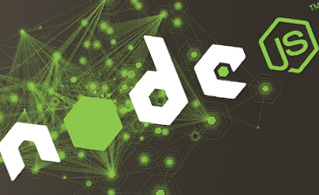Hepsia Advanced Features
The Advanced tab provides you with fast access to a set of advanced features, among them the Memcached distributed memory object caching system and the Varnish Cache web accelerator, which will help you optimize your sites and applications without needing to log out of the web hosting Control Panel. Depending on the website hosting package, these tools are either included by default or are available in the form of easily gettable upgrades. InnoDB and NodeJS support is available as well.

Varnish
Varnish Cache is a web accelerator also famous as an HTTP accelerator. You can install it in front of any web server that speaks the HTTP protocol and configure it to cache the contents. Varnish Cache is really, really fast and will improve your website's loading speed. One of the chief attributes of Varnish Cache is the flexibility of its domain-specific language, VCL, which permits you to specify how incoming requests should be dealt with.

Memcached
Memcached is a general-purpose distributed memory object caching system for increasing the load speed of dynamic database-driven websites. It is used to decrease the number of times an external data source (such as a database or API) is read by caching data and objects in RAM. The Memcached system uses a client/server architecture. The Memcached memory object caching system is employed by some of the most regularly visited sites on the web and is supported by famous CMSs like Joomla and WordPress.

Node.js
Node.js is a software platform for writing scalable Internet applications. Written in JavaScript, Node.js uses an event-driven, asynchronous I/O model that makes it lightweight and effective, ideal for real-time data-rich network apps. Node.js uses Google's V8 JavaScript engine, libUV, and several built-in libraries.
InnoDB
InnoDB is the default storage engine for the MySQL open-source relational database management system. A database engine is the principal software component that a DBMS uses to create, retrieve, modify and delete data from a database. Its latest edition features considerable improvements in performance, stability and usability. InnoDB offers the standard ACID transaction attributes, as well as referential integrity support. InnoDB is included by default in most binary distributions from MySQL AB.